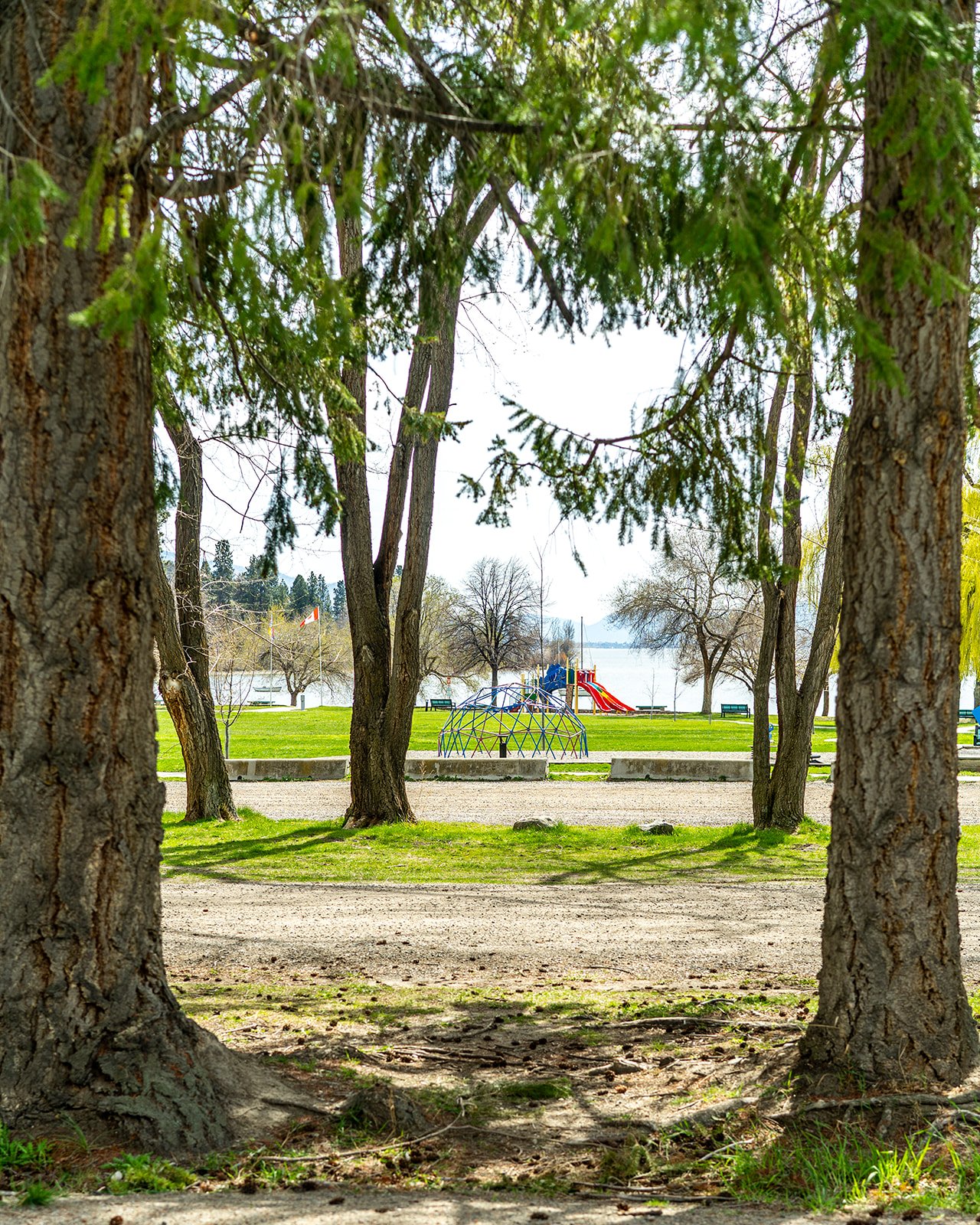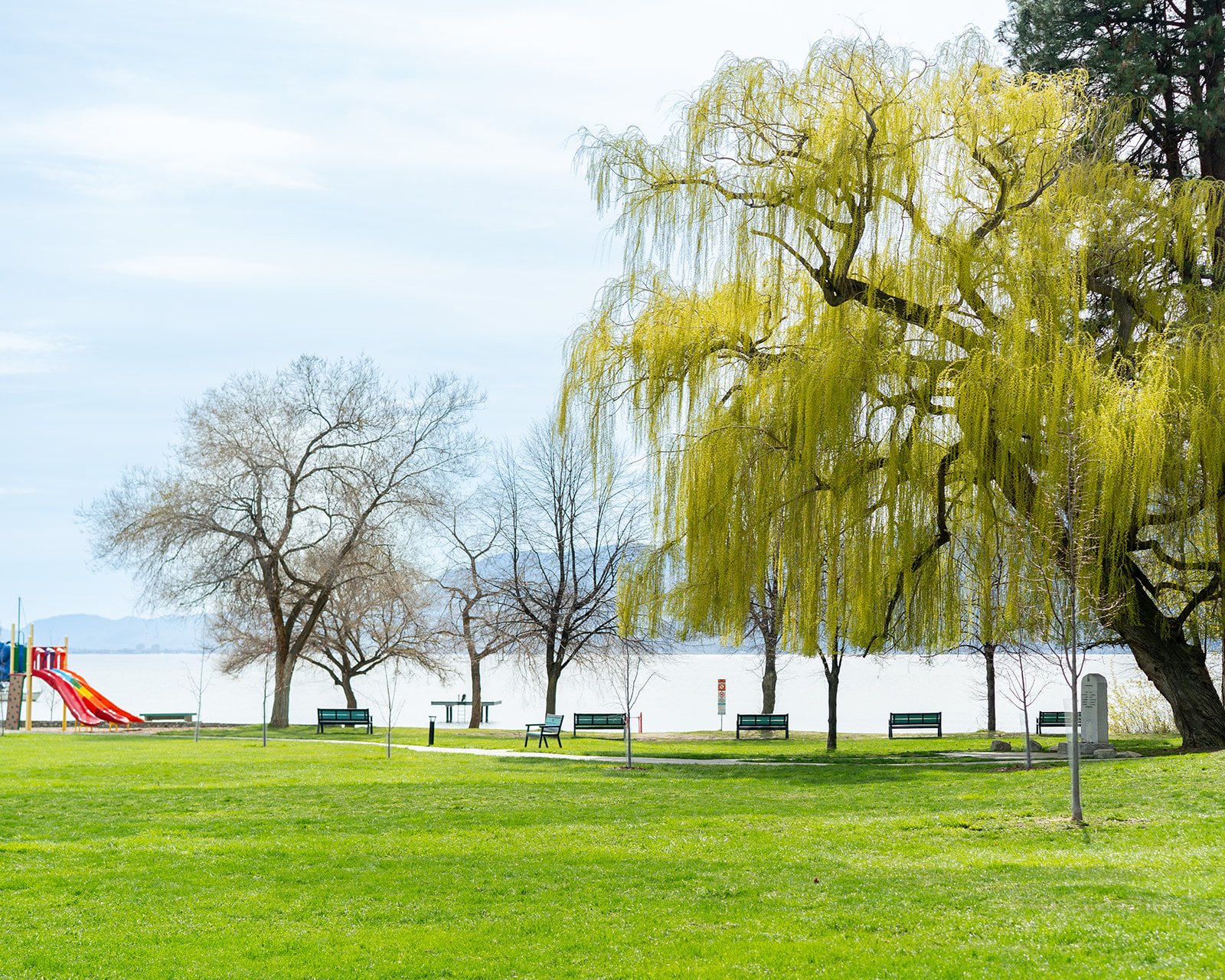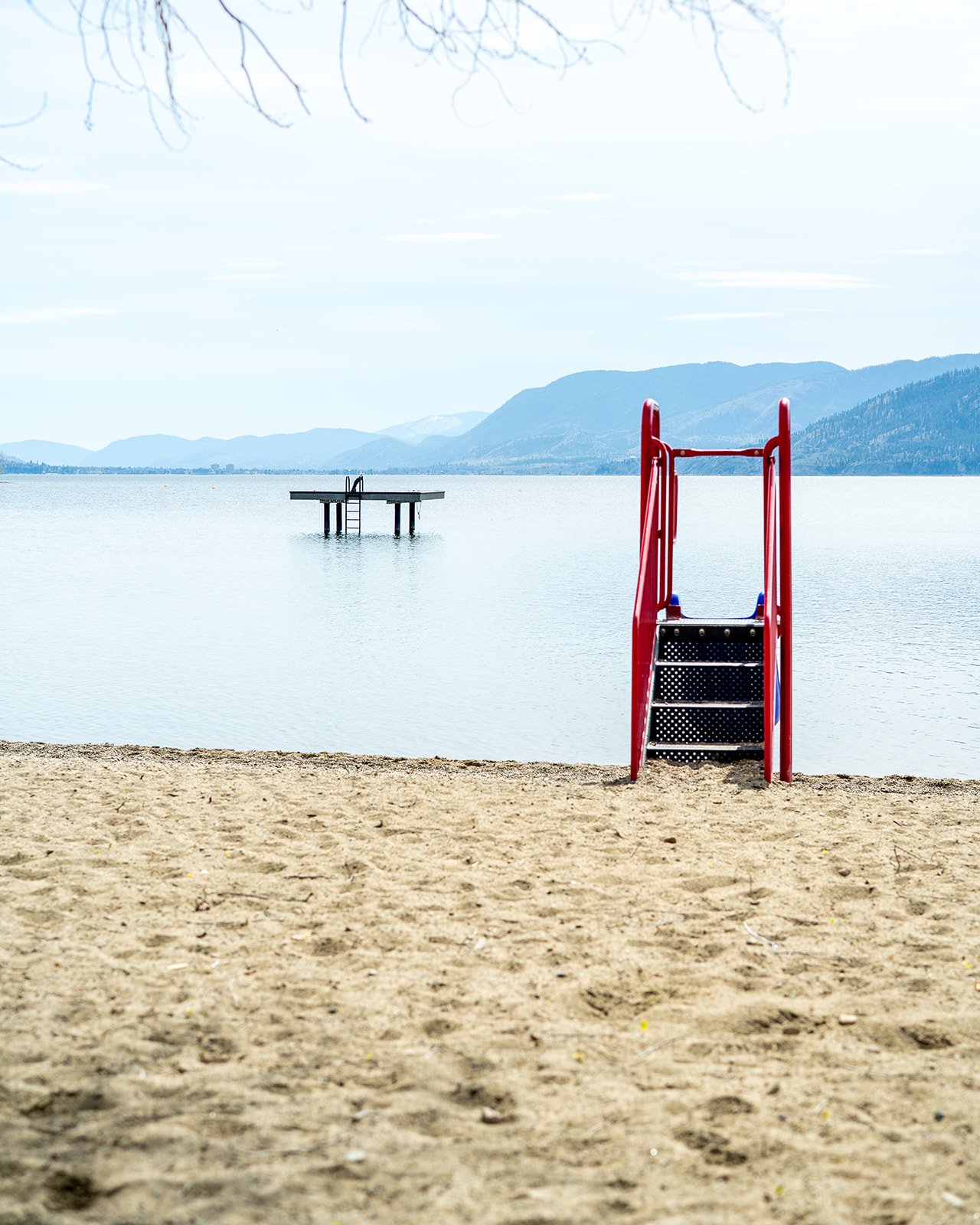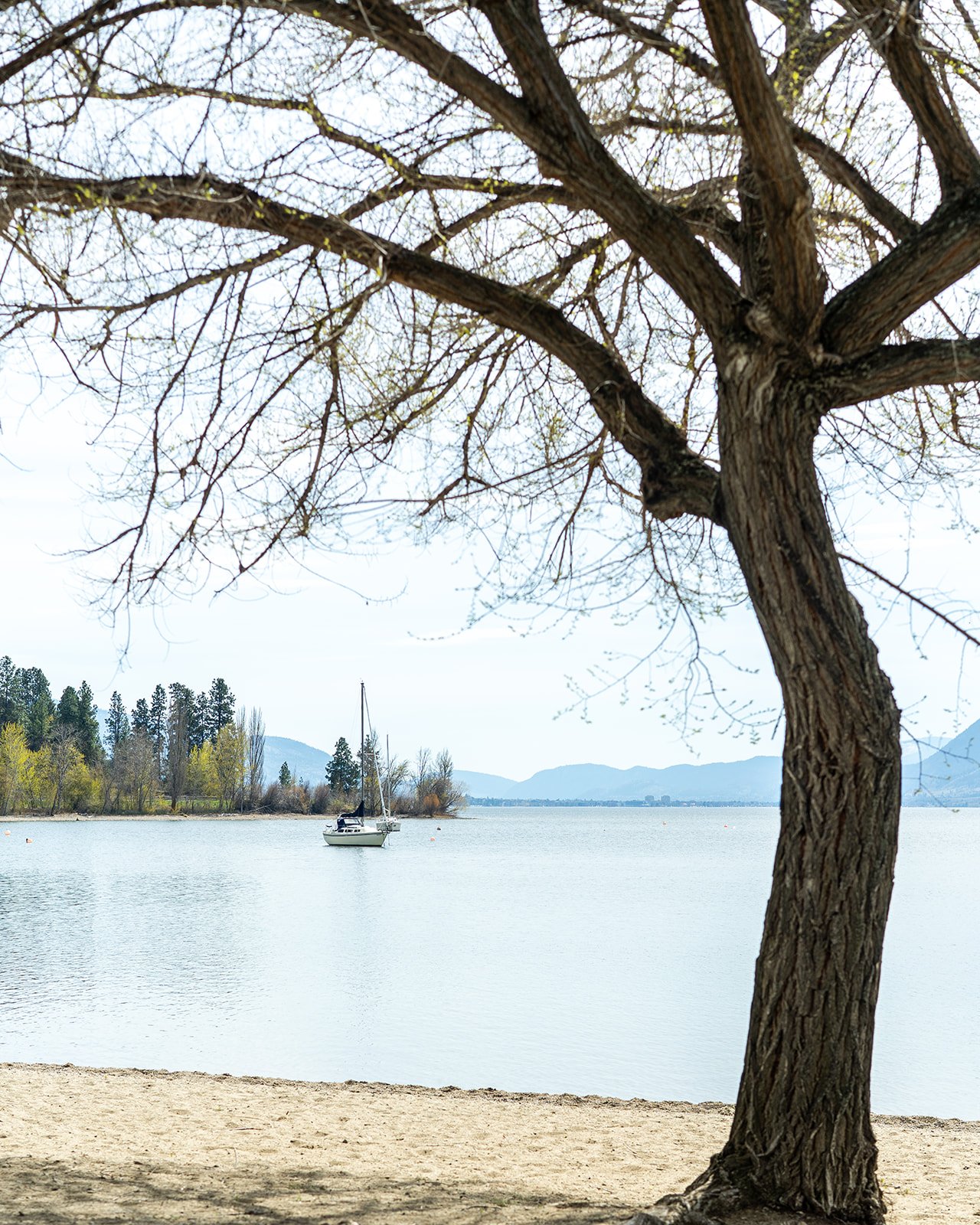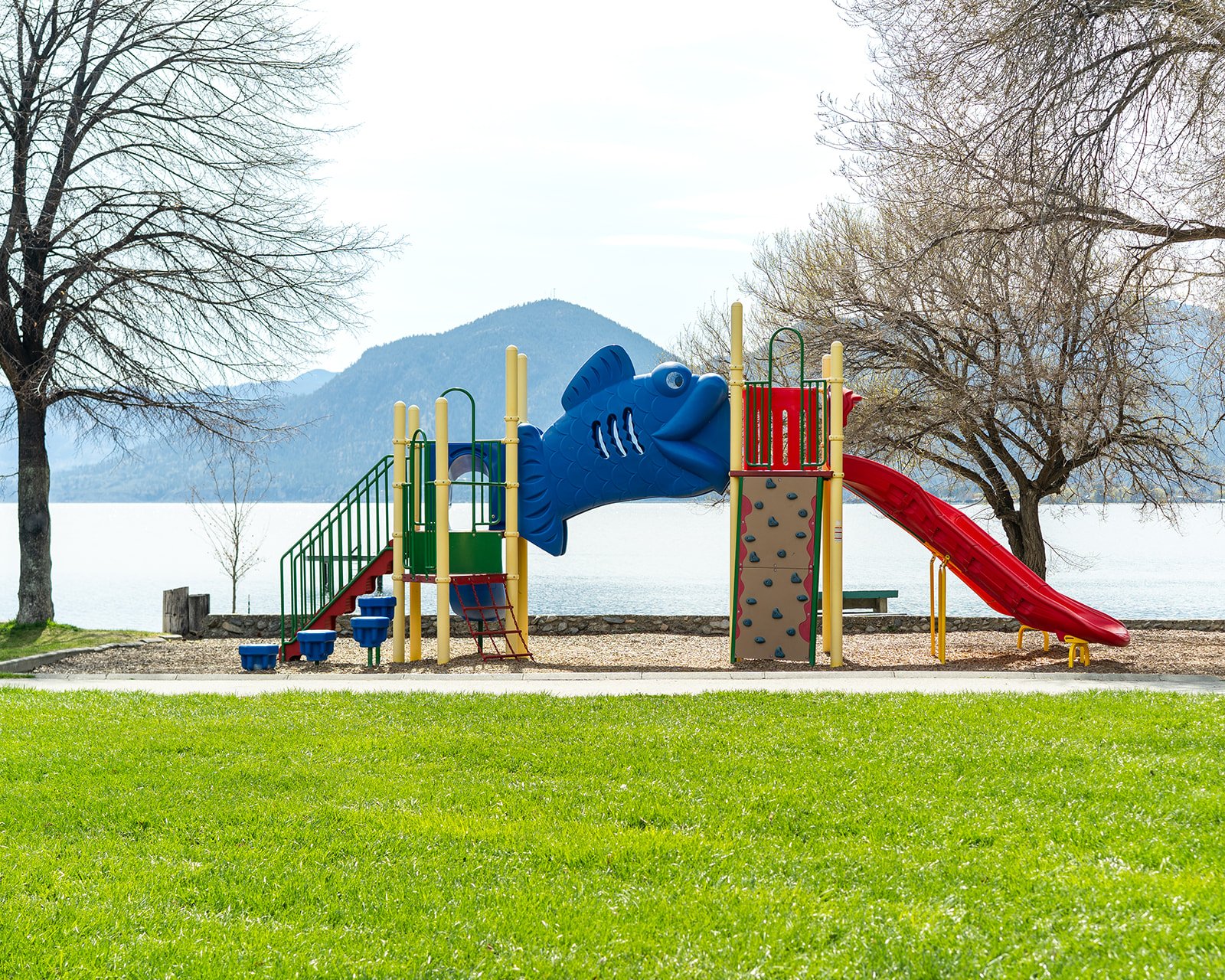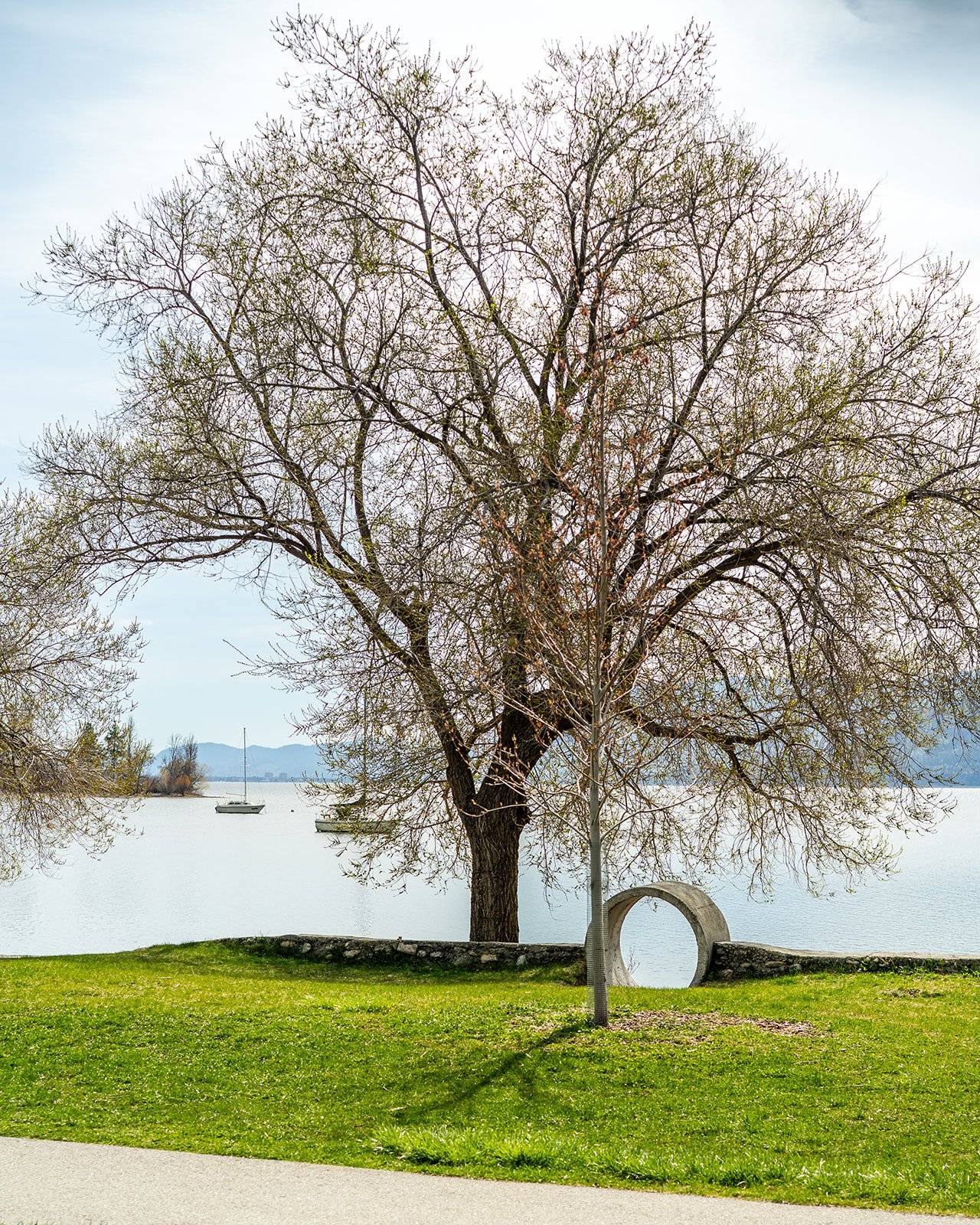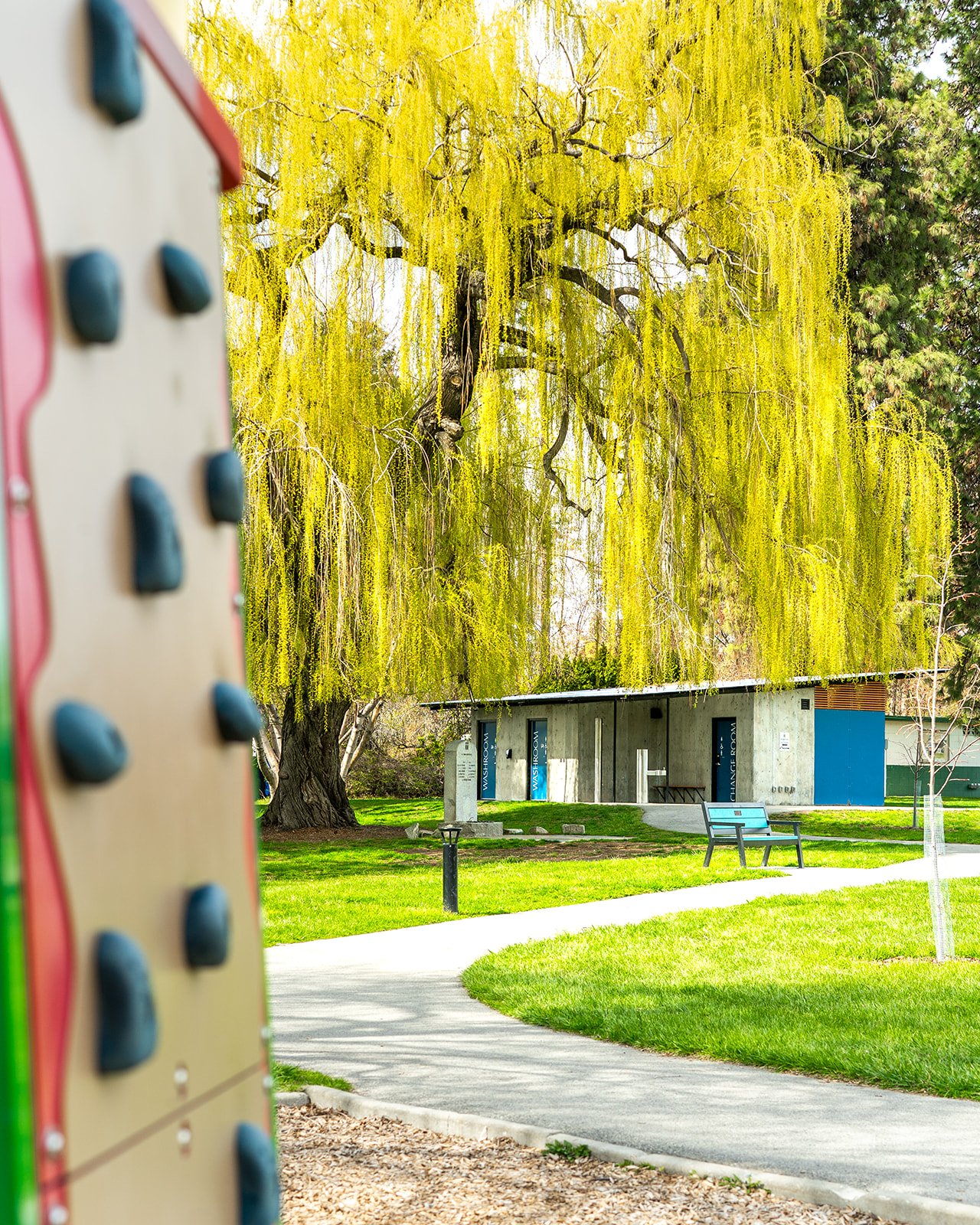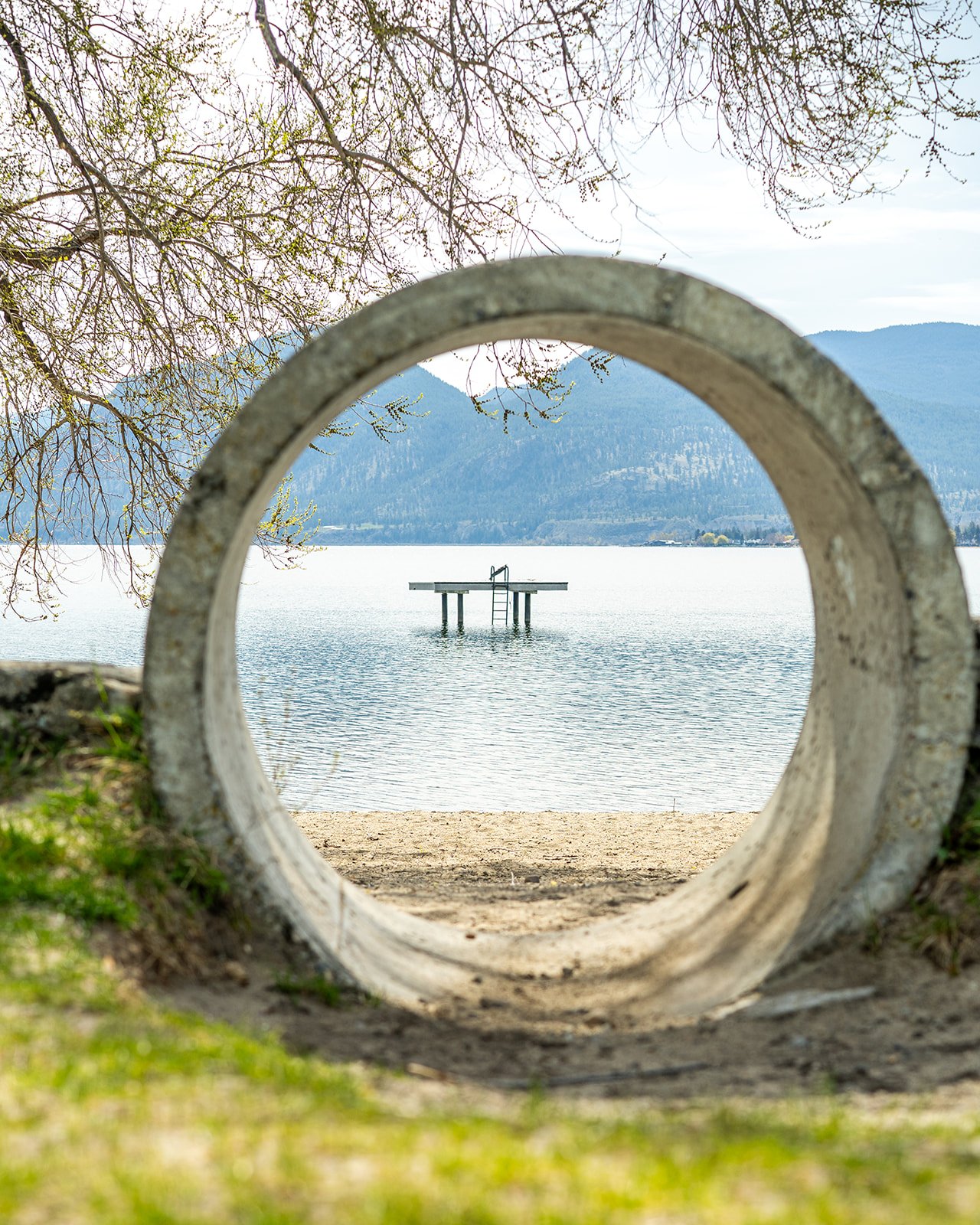For more information, visit BC Parks
Above the lakeshore are over 10,000 hectares of rugged landscape with mountain lakes, grasslands and spruce-fir forests accessible only on foot, horseback or bicycle. Trails and rustic campsites are the only facilities in this area of the wilderness. A wonderful setting for hikers – a climb to the top of Okanagan Mountain will lead you to beautiful scenic lake views to the west and the Monashee Mountains to the east.
A boater’s paradise, this wilderness park dominates the east side of Okanagan Lake between Kelowna and Penticton. Six marine campgrounds and secluded bays and sheltered sandy beaches tucked into the 33 km of undeveloped shoreline make water exploring a true adventure.
The colourful history of the Okanagan Valley is very evident in the park. There are archaeological sites and provincially significant First Nations pictographs found on rock outcrops and canyon walls. At one time, the local Salish Indians used Wild Horse Canyon as a wild-horse trap. Good’s Creek Canyon Trail was named for Dave Good, supplier of survey crews for the Kettle Valley Railway, built in 1915. Commando Bay was used to secretly train Chinese-Canadians for guerrilla warfare in 1944, during World War II.
The park is a representative example of the Okanagan Basin and Okanagan Highlands. The terrain ranges from the deeply incised melt water channels of Good Creek and Wildhorse Canyon to the 1579m high Okanagan Mountain with spectacular examples of heavily glaciated rock terrain including classic rock drumlins, grooves, flutes and striations. The park encompasses ecosystems from three different biogeoclimatic zones: the bunchgrass zone in some of the lower but more exposed areas, the ponderosa pine zone in much of the lower elevations and the interior Douglas fir zone on the upper mountain reaches. Significant old growth Ponderosa pine, Douglas fir, Lodgepole pine and Engelmann spruce covers more than 2500 hectares. The park’s plant life represents the influence of both the dry southern and wetter northern climates. The park protects a significant portion of undeveloped lakeshore along Okanagan Lake.
The rugged rocky terrain is habitat for mountain goats. White-tailed deer, moose, elk, lynx, marten, coyote are also found in the park. Small but very important species are the blue listed Western harvest mouse, Nuttall’s cottontail (the furthest northerly occurrence) and Spotted bat. The Northern alligator lizard and Western skink can be found under rocks or bark in open wooded areas while the Yellow-bellied racer prefers grasslands and open fields. Blue listed reptile species found in the park include Western painted turtle, Rubber boa, Gopher snake, Western blue racer and Western rattlesnake. The park protects habitat for five blue and two red listed bird species including the Western grebe and Whiteheaded woodpecker.






















